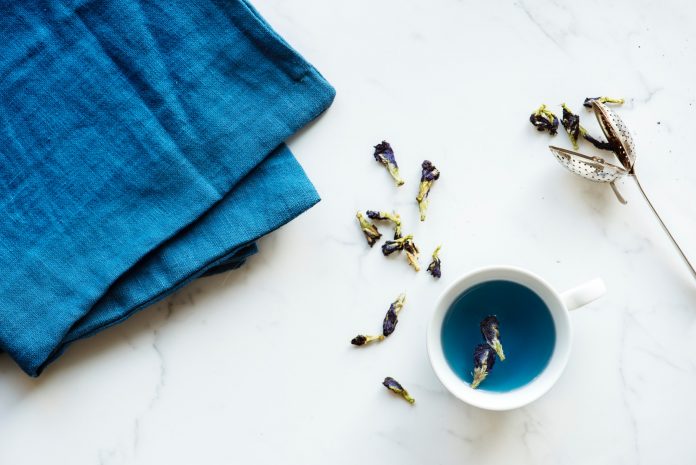1. CBD
The CBD food trend has exploded in the last twelve months. But what is CBD or Cannabidiol? It’s a naturally occurring, non-psychoactive compound found in the resinous flower of Cannabis. CBD-infused drinks are also quickly gaining momentum as serious contenders in the popular beverage market, including sparkling waters, coffees, teas, energy drinks, beer, wine, and mixed alcoholic beverages.
2. Plant-based Alternatives
Plant-based food alternatives are being provided for meat and dairy. Chefs are using the art of cooking and food invention to
recreate meat and dairy flavors from non-meat and non-dairy products like soy, peas, cashews, and almonds. In 2020, BENCHMARK expect this trend to grow rapidly. This culminates from years of research and studies, to make plant-based food items equally delicious and as desirable as real meat and dairy products. Many restaurants have encouraged veg-forward eating habits.
3. Puffed Snacks
There are new products on the snack food market that are providing healthier versions of chips. With ingredients like chickpeas, beets, quinoa, and kale, these snacks are going to make “snacking” alright. Expect this crunchy trend to build in 2020.
4. Jackfruit
The newest go-to meat substitute is jackfruit. Already being used as an alternative for barbecue pulled pork, jackfruit is a southeast Asian fruit that is a great source of iron, calcium, and B vitamins. The texture of jackfruit mimics the texture of pulled pork and will soon become a force in the food industry as a meat alternative.
5. Fruit Forward
Among the usual sweet flavors found on beverage menus, unique fruit flavors, such as cactus, are taking mixology ideation by storm. More specifically, spiny cactus fruits such as prickly pear and dragon fruit are peaking consumer interest. Prickly pears are a seeded fruit that yields an intensely flavorful ruby colored juice, while dragon fruit (AKA pitaya or strawberry pear) is also attracting the attention of consumers because of its sweet and sour flavor profile. Consumers are also exploring more unique fruit flavor varieties, including bergamot orange, yuzu, calamansi, citron, makrut lime, pomelo, Meyer lemon, blood orange and ugli fruit (a Jamaican form of the tangelo) to name a few.
6. Dairy Remix
Step aside almond and soy, oat milk has emerged as the golden child of all the alternative milks. It’s terrific in coffees, and baristas can barely keep it in stock. So, it makes sense that companies are piggybacking off its success and launching other oat milk products as alternatives to dairy, to help minimize the environmental impacts associated with animal husbandry.
7. Sparkling Drinks
Sparkling water demand is exploding, driven in part by consumers who are concerned about sugar but still looking to satisfy their craving for carbonation. Operators looking to harness these trends and turn them into more traffic or higher check averages should not only offer beverages that feature unique flavors, low-alcohol (or no-alcohol) sparkling waters and more, but they should also make sure to promote these types of drinks on social media.
8. Bright & Bold
In terms of flavors and colors, consumers are looking for bright, bold, appealing hues. Color generates emotional appeal with food-it may be as important as taste. Skilled food and beverage operators have an eye for what beverages succeed on social media, where color is critically important, looking for products that are “Instagram-friendly.” Color and functionality collide with ingredients such as blue algae, beet, matcha, and butterfly pea flower tea – popular in Southeast Asia.
9. More Traceability
As news about climate change, disappearing rainforests and plastic in the oceans dominate the news cycle and our social feeds, consumers are demanding sustainability in all forms of packaging, quickly making this integral to today’s food and beverage operating model. Whether it’s swapping out Styrofoam and plastic for paper or bamboo, or buying ingredients from sustainable sources, sustainability will sweep the entire industry in 2020.
10. Ugly Produce
Food is a terrible thing to waste. It’s bad for people and the planet, and yet 40 percent of all the food produced in the U.S. goes uneaten because it is imperfect. Now, consumers are finally accepting misshapen, bruised, and just down-right ugly foods as totally edible. Start-up food companies that send boxes of said fruit and vegetables directly to the customer’s home will encourage consumers to buy produce that is nutritious and tastes fine, but is physically flawed in some way.












